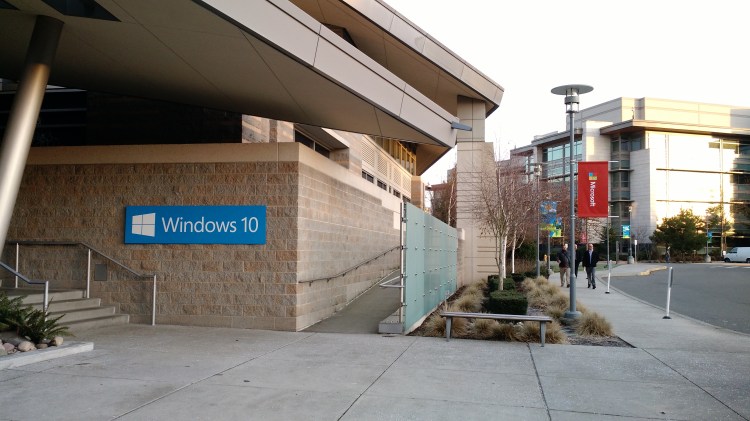If it sounds too good to be true, then it probably is. All that talk about pirates getting free Windows 10 upgrades? Not happening.
In January, we learned that for one year, Microsoft would offer free Windows 10 upgrades to those running Windows 7, Windows 8.1, and Windows Phone 8.1. In March, reports suggested the offer would extend to pirates, though when we followed up with Microsoft, it turned out the Windows licenses would stay non-genuine and would be unsupported.
Earlier this week, Microsoft revealed the Windows 10 editions. We learned that the free upgrades for genuine users were to Windows 10 Pro, Windows 10 Mobile, and Windows 10 Home.
For genuine users, the free upgrade to Windows 10 means receiving “ongoing Windows innovation and security updates for free, for the supported lifetime of that device.” Terry Myerson, Microsoft’s executive vice president of operating systems, today clarified the company’s plans were not changing for non-genuine users:
When we can’t verify that Windows is properly installed, licensed, and not tampered with, we create a desktop watermark to notify the user. If you ever encounter this watermark on a new machine, I encourage you to return the device immediately to the retailer from whom you purchased it and request a Genuine Windows device.
Microsoft and our OEM partners know that many consumers are unwitting victims of piracy, and with Windows 10, we would like all of our customers to move forward with us together. While our free offer to upgrade to Windows 10 will not apply to Non-Genuine Windows devices, and as we’ve always done, we will continue to offer Windows 10 to customers running devices in a Non-Genuine state.
That said, Myerson says Microsoft is planning “very attractive Windows 10 upgrade offers” for older devices in a non-genuine state. These will be announced in conjunction with Microsoft’s OEM partners, but the company is leaving computer makers to share those specifics at a later date.
In short, this was a story that got out of hand. Microsoft likely saw all the positive press, looked at the financials, and ultimately decided it wasn’t worth the hassle.
“We will provide a mechanism for non-genuine Windows 10 PC devices to ‘get genuine’ via the new Windows Store, whether they are upgraded versions of Windows or purchased,” a Microsoft spokesperson told VentureBeat back in March. “We will have details on this as we get closer to launch.”
Those details are still missing, but aside from specific offers from OEMs, we now know that for non-genuine users, there will be two ways to get Windows 10: Pay for it or pirate it — just like previous Windows releases.
VentureBeat's mission is to be a digital town square for technical decision-makers to gain knowledge about transformative enterprise technology and transact. Learn More

